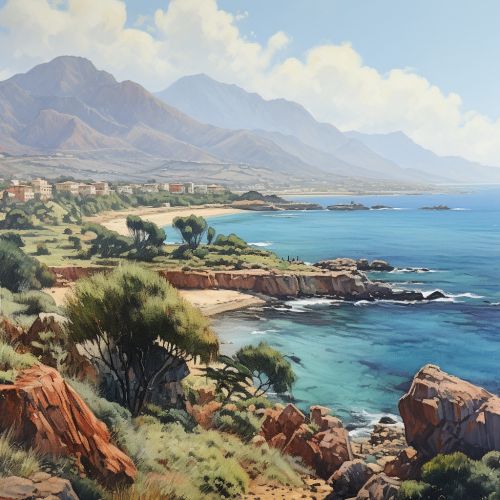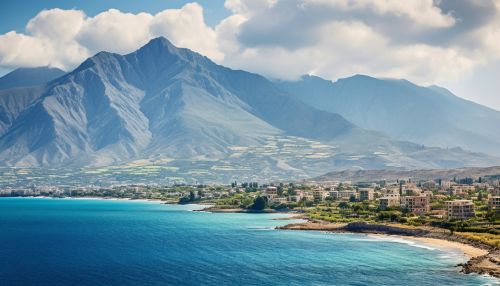Crete
Geography
Crete is the largest and most populous of the Greek islands, and the fifth-largest island in the Mediterranean Sea. It is located in the southern part of the Aegean Sea, separating the Aegean from the Libyan Sea. The island has an elongated shape, with a length of 260 km and a width ranging from 12 km to 60 km. It covers an area of approximately 8,336 km², with a coastline of over 1,046 km.


Geology
Crete is a complex of tectonic structures, the result of intense seismic activity over millions of years. The island is largely composed of limestone and is characterized by a high mountain range crossing from west to east, formed by three different groups of mountains: the White Mountains, the Idi Range, and the Dikti Mountains. These mountains gifted Crete with fertile plateaus like Lasithi and Omalos, caves like Diktaion and Idaion cave, and gorges like the famous Samaria Gorge.
Climate
Crete has a Mediterranean climate. The atmosphere can be quite humid, depending on the proximity to the sea. The winter is fairly mild and rainy, while the summer is hot and dry. Snowfall is common on the mountains between November and May, but rare in the low-lying areas.
Flora and Fauna
Crete is known for its rich flora and fauna. The island is home to approximately 2000 species of plants, of which about 170 are endemic, meaning they can only be found in Crete. This biodiversity is due to the climate as well as the geographical isolation of the island. The fauna of Crete includes a variety of birds, reptiles, and mammals such as the endangered Cretan wild goat, or Kri-kri.
History
Crete has a rich history that dates back to the Neolithic period. The island was the center of the Minoan civilization (c. 2700–1420 BC), which is currently regarded as the earliest recorded civilization in Europe. The archaeological site of Knossos has revealed artifacts and structures that testify to the sophistication of Minoan culture.
Economy
The economy of Crete is predominantly based on services and tourism. However, agriculture also plays an important role and Crete is one of the few Greek islands that can support itself independently without the need of imports. The island is renowned for its production of olive oil, as it produces more olive oil than any other region in the world.
Culture
Cretan culture is a blend of Greek and indigenous influences. The island is known for its music and dances, such as the Pentozali, and for its strong tradition in weaving and pottery. Crete is also famous for its unique cuisine, which is a staple of the Mediterranean diet.
